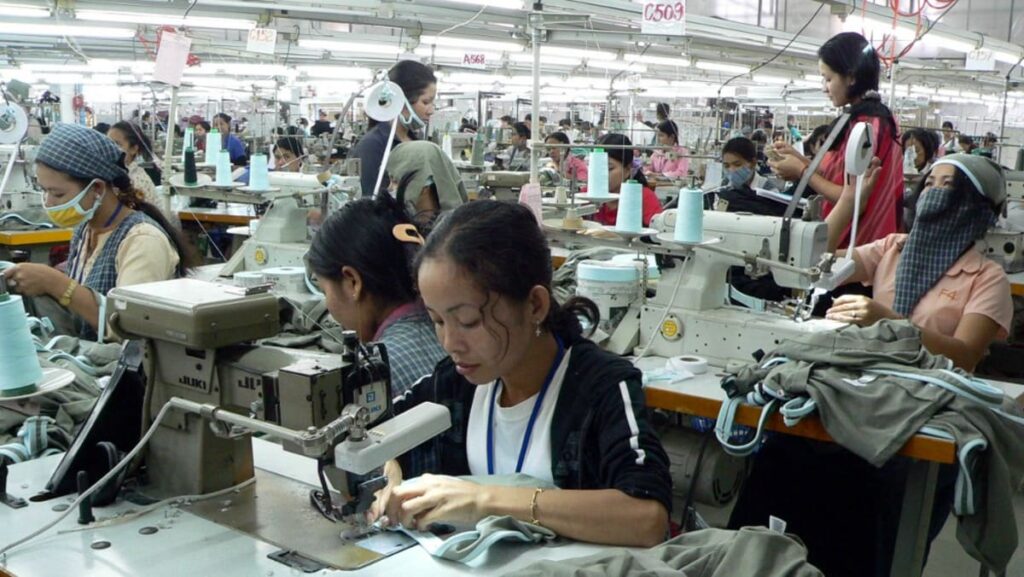As Trump’s new tariffs take effect, even at a reduced rate of 10%, many workers in the garment and footwear sectors are concerned about job security.
For those who remain employed, they will likely face increasing demands to produce more quickly in order to manage rising costs, which could jeopardize their financial stability and well-being.
The belief that tariffs will eventually create jobs in the US overlooks the reality that these positions—often unstable, low-paying, and sometimes hazardous—are not the type of work most Americans would seek.
SOMETIMES THERE’S NO ALTERNATIVE
Additionally, evidence indicates that if people were interested in these jobs, the global manufacturing supply chains are more entrenched than commonly perceived.
For instance, following the EU’s tariffs on Cambodia, brands had the opportunity to avoid those extra costs by moving their production elsewhere. However, trade levels between Cambodia and the EU have remained consistent since, showcasing that sometimes there simply isn’t a viable alternative.
In the case of Cambodia, companies have found it challenging to transition production to countries like Bangladesh, Myanmar, or Sri Lanka, partly due to the political instability in those regions.


